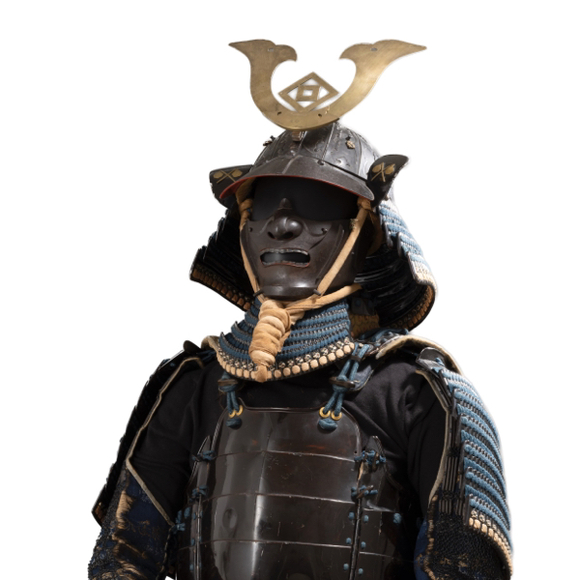Language: Hindi
Source: Period sources
Dastānā (दस्ताने) are pieces of lower arm protection that were worn in much of the Islamic world and northern India, all the way down into the Deccan. It encloses the wrist and elbow with a steel plate and usually has a protective mitten attached to it for the hand. The whole is lined with fabric padding.1
The outside and inside are connected by inserting pins in hinged sections, or by sections of mail, or leather straps.

A north Indian bāzuband.
Listed by Mandarin Mansion in 2020.
The full set
Dastānā were typically worn with a full set of armor consisting of a helmet called śirastrāṇa (शिरस्त्राण) and four "mirrors", plates for protecting the torso. Underneath is often a mail shirt.

Kishan Singhji Rawat of Bijolia 1870s, wearing a full set including a bāzuband on eirther hand.
Unknown photographer.
Alternative names
In Hindi and Marathi: dastānā (दस्ताने) 2
In Persian: sāedband (ساعد بند) or bāzuband (بازوبند)3
Notes
1. James Thomas Molesworth; A dictionary, Marathi and English. 2d ed., rev. and enl. Bombay: Printed for government at the Bombay Education Society's press, 1857. Page 405.
2. Manouchehr Moshtagh Khorasani; Lexicon of Arms and Armor from Iran. Legat Verlag GmbH, Tübingen, 2010.
3. Ibid.






